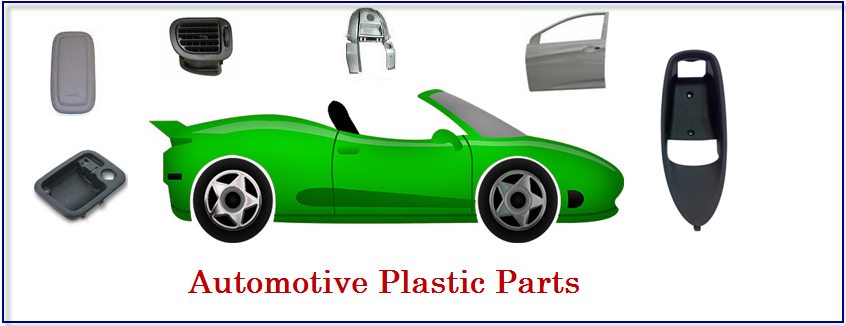Plastics for Automotive Hardware – The Need of the Hour
In today’s automotive industry, the need of the hour is to create innovative products. Automotive hardware needs to be compact, powerful, long-lasting, and light weight. These kind of requirements may seem like a formidable task. However, this idea has become a common reality with the use of plastics and plastic components.
Since 2013, plastics have been playing important roles in the construction of automotive hardware. The use of different types of polymers is paving the way for solutions in terms of comfort, safety, and energy savings. In fact, the American Chemistry Council’s plastics division is creating a framework to increase the use of plastics and polymer composites in automotive components.
Why Plastics are Gaining the Spotlight
In North America, automotive manufacturers have to design and manufacture their vehicles adhering to the rules of the US Environmental Protection Agency (EPA) and the National Highway Traffic Safety Administration (NHTSA). The NHTSA also has Corporate Average Fuel Economy (CAFE) standards, which encourage auto manufacturers to increase fuel efficiencies above 50 mpg.
These CAFE standards place a lot of pressure on car manufacturers. And they are feeling the heat. The fact is, traditional materials such as steel and aluminum may not be able to meet CAFE requirements. However, manufacturers have realized that by using plastic materials, they can come closer to achieving the goal.
Why Choose Plastics for Automotive Hardware?
Automotive manufacturers have found that industrial plastic and composites provide amazing ratio balances in terms of stiffness to weight, and strength to weight. They are known to have low specific gravity. Plastics also help reduce the weight of a car considerably.
Carbon fiber-reinforced composites are 30% lighter than aluminum, and more than 50% lighter than steel. Also, as many parts can be integrated into one component with injection molding, the requirement for tier III components will also be reduced to a great extent.
There is a reason why there seems to be a sudden growth of automotive plastic components in the last few years. Plastics were used in automobile manufacturing, but it was very limited. The reason is that traditionally, automotive infrastructures were always designed to accommodate conventional metals. Also, plastics and composites were never seen as prime materials or premium items to use.
Present and Future Challenges and Solutions
The fact is, there is still a lot of awareness that needs to be created about the use of plastics. There are very few manufacturers who are looking at this material as a solution. Experts suggest the solution to this is to give live demonstrations of how plastics can benefit automotive companies.
This can be showcased at various industrial fairs and expos, as well as private demonstrations. Also, engineers who work with the manufacturing materials should be exposed to how the materials can make the cars more light weight, while maintaining a certain amount of strength.
There are still challenges that need to be analyzed. Newer molding tools will be required so as to create plastic parts while reducing the overall development time. More awareness should be created among students who are looking to get into the industry. Early exposure will prepare them for the continual growth of plastic components in automobiles.

